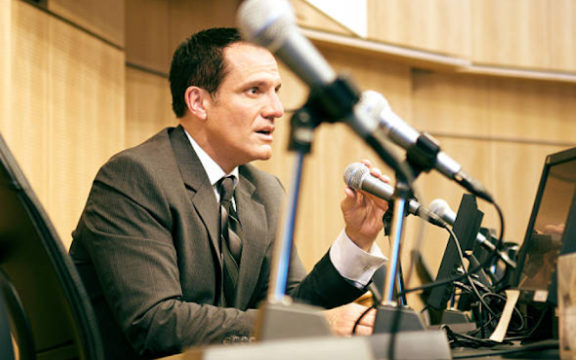In the last few years, the different governments around the world have joined the use of live streaming to reach their audiences. Thanks to online video, governments and different public entities have increased their communication and transparency, as well as citizen participation. Moreover, the COVID-19 pandemic has caused even more governments to evolve towards this broadcasting model, now needed more than ever.
In what ways are governments using live streaming?
Governments are using live streaming in many ways, but the following stand out:
Press conferences
Governments are holding press conferences in which the spokespersons are in different places and, even so, their image can be combined with different content such as reports, graphics, etc. At the same time, journalists from different media become part of the live production by intervening with their questions. Thanks to streaming, these press conferences can be simulcast on multiple social networks such as Facebook, Twitter, YouTube and Instagram.
Plenary sessions
The local governments and parliaments broadcast their plenary sessions live, as well as their tender openings sessions. Live streaming these sessions is a transparency gesture from the government and therefore, generates trust among citizens. Besides, it makes it easier for the press to follow up since they do not have to physically go to the town hall. In the vast majority of cases, this live streaming is available to the public on the government’s website, both live and on-demand (once it has already been broadcast), subsequently generating a large volume of on-demand content.
Official events
On the other hand, governments also use live streaming to broadcast meetings, cultural events, speeches and more.
Governments live stream a great variety of official events, which can be broadcast both from the government’s social media accounts and its own website. If the event is very important, agreements are also reached with different media so they broadcast it live from their player on their website.
By allowing this content to reach the citizenry from any location and device (tablet, smartphone, laptop, etc.), governments have intensified its dissemination and impact on social networks, but, above all, they have driven a new proximity between governments and citizens adapting to this new technological era.
If you want to know more, send us a message or request a demo..


